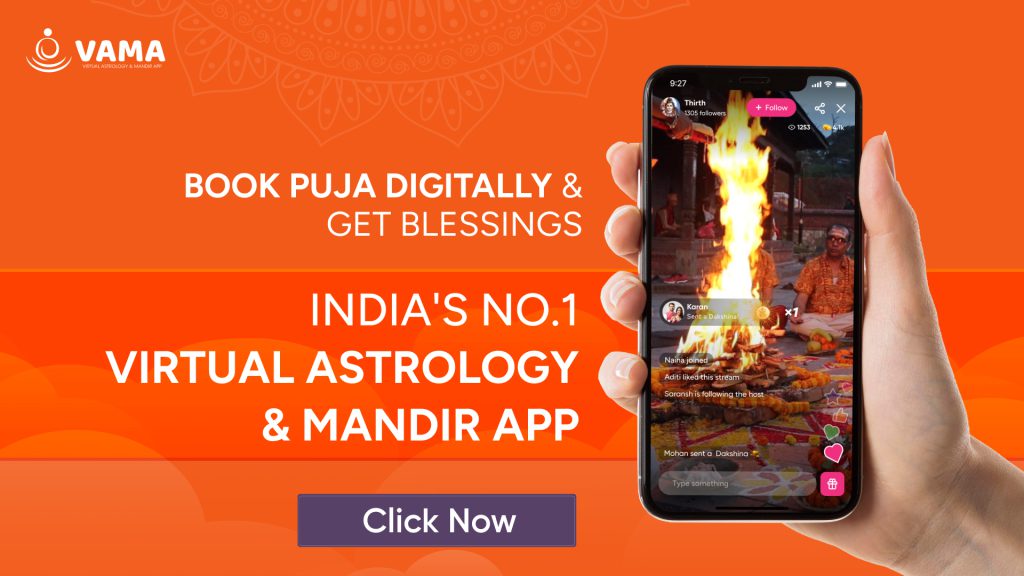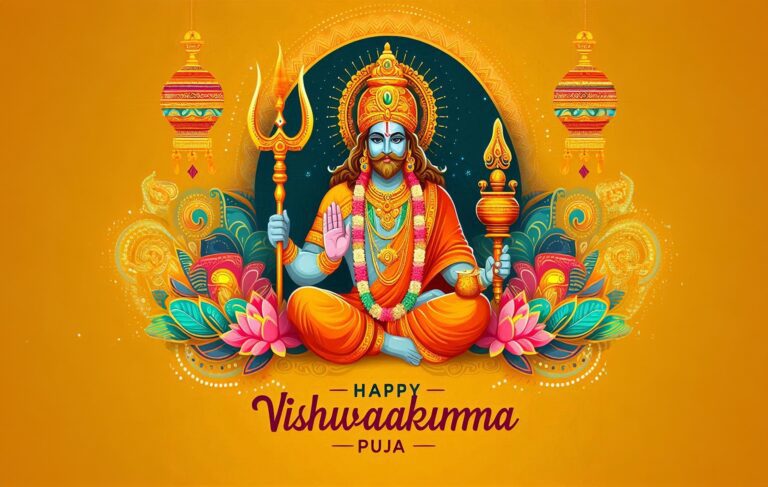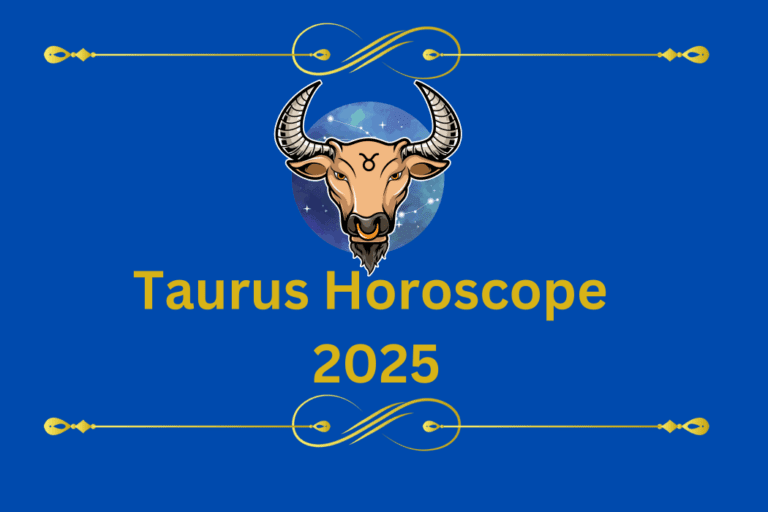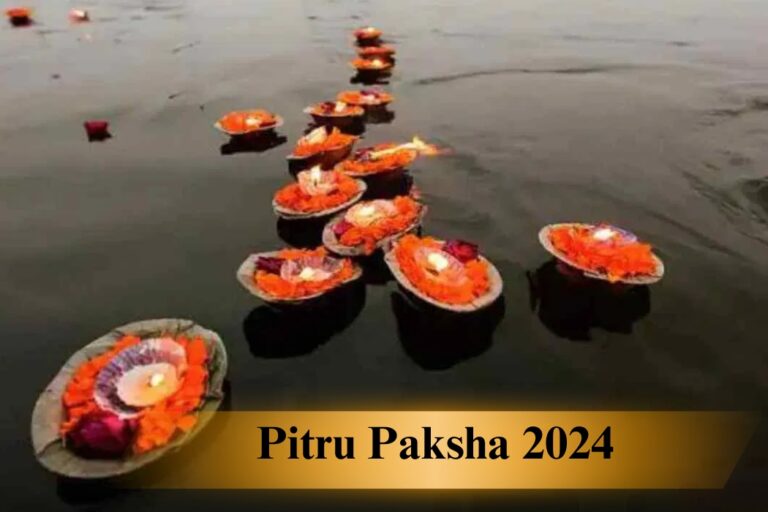When Is Dussehra 2023? History, Rituals, Celebration And All You Need To Know
"Explore the legends, traditions, and significance of Dussehra, the Indian festival of triumph over evil. Join us on a journey of cultural richness and timeless lessons in our Dussehra celebration”
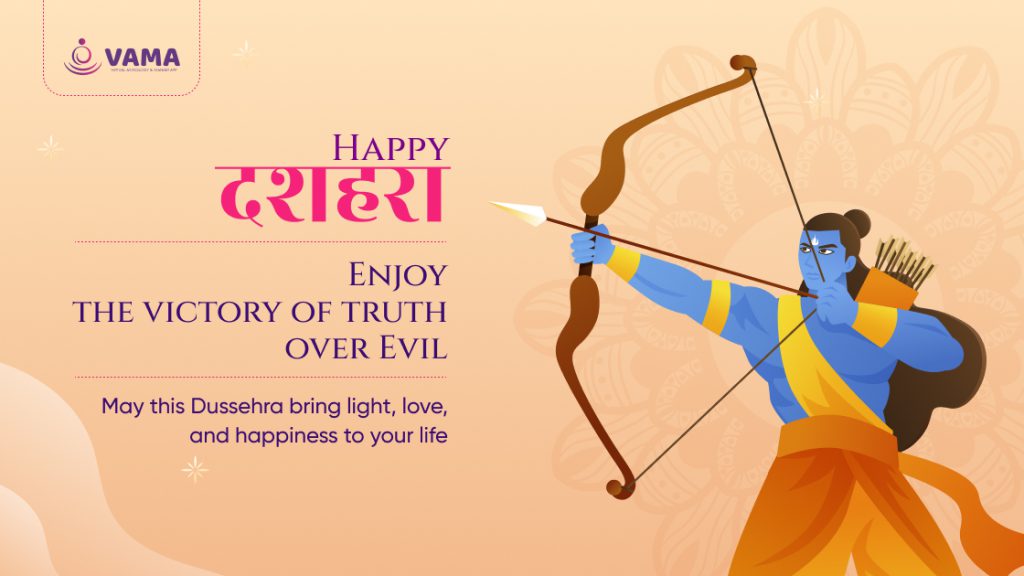
Dussehra, also known as Vijayadashami, shines radiant as a beacon in the rich tapestry of Indian festivals.This year, Dussehra will be observed on 24th October, 2023. It embeds the belief of ‘Victory of Good over Evil’ in the minds of the devotees. The arrival of this festival lit the streets with the buzz of anticipation and has been etched into the heart and soul of the nation ever since.
Every year, this time of the month, the air fills with the fragrance of incense. Also, this festival spirit paints the mind of people with unwavering determination to pave the way for the indomitable spirit of righteousness. Its contemporary origins evokes the curiosity of the readers to embark on the right path to perform good deeds in life. It helps the devotees to explore the intricate layers of Dussehra, from its legendary origins to the contemporary celebrations that unite millions in a collective ode to the triumph of light over darkness.
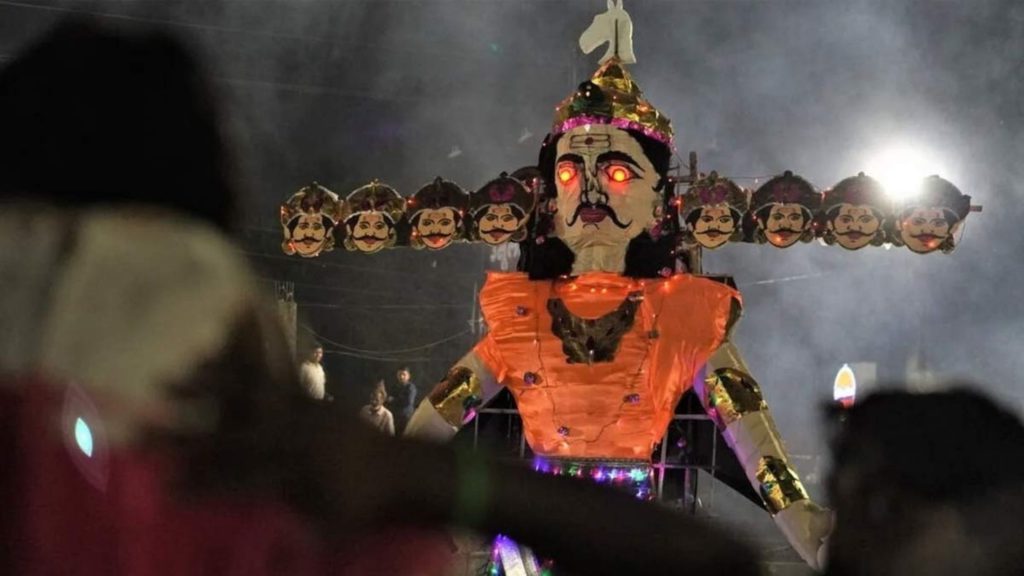
“Have you ever wondered why, in India, the effigies of a ten-headed demon king are set ablaze amid grand celebrations? Discover the captivating story behind Dussehra, a festival that brings millions of people together to celebrate the victory of good over evil and much more.”
The Tale of Dussehra
Long ago, in the ancient kingdom of Ayodhya, there lived a virtuous prince Rama; the seventh avatar of Lord Vishnu. Lord Rama was known for his determination to choose the right path. It so happened that his stepmother Kaikeyi asked him to spend 14 years in the forest (Van).

One day, due to a series of events and the manipulative plot of the demon king Ravana, Rama’s beloved wife, Sita, was kidnapped and taken to the island kingdom of Lanka. Ravana, with his ten heads and massive power, symbolised evil, greed, and arrogance.
Rama, along with his loyal brother Lakshmana and the devoted monkey-god Lord Hanuman, embarked on a relentless quest to rescue Sita. After a difficult journey, they reached Lanka and undertook a fierce battle against Ravana and his demon army. The battle lasted for ten days.
On the tenth day, also known as Dussehra, Rama, with the blessings of Lord Hanuman and the divine weapons of Lord Indra, defeated Ravana. The triumph of Rama symbolised the victory of righteousness, truth, and dharma (duty) over evil, falsehood, and adharma (unrighteousness).
Upon Ravana’s defeat, Rama’s joyous return to Ayodhya marked the end of his 14-year exile. The people of Ayodhya celebrated his homecoming by lighting lamps and happiness, signifying the victory of light and happiness over darkness and despair.
The people of India and many parts of the world continue to celebrate Dussehra with the burning of the effigies of Ravana with his ten heads and his brothers, signifying the destruction of evil forces. It is a festival that not only pays respect to the heroic deeds of Rama but also imparts timeless lessons about the enduring battle between good and evil. Dussehra remains evidence of the triumph of righteousness, unity, and the victory of light over darkness.
Dussehra Puja Vidhi/Rituals
1. Preparation:
- Start by cleaning the puja area or the room where you plan to perform the puja.
- Place a picture or idol of Lord Rama. If you have one, you can also include an idol or picture of Goddess Durga.
- Spread a clean red cloth or chunri on the puja platform or in front of the deities.
- Arrange all the puja materials, including kumkum, turmeric, sandalwood paste, incense sticks, a lamp or diya, fruits, sweets, and other offerings, on a plate.
- Keep a coconut and some flowers ready for the aarti.
2. Invocation (Pranayama):
- Begin the puja by invoking divine energy. You can do this through pranayama, which is the practice of deep, controlled breathing to calm the mind and focus your energy. Inhale deeply, hold briefly, and then exhale slowly. Repeat this process a few times to clear your mind and connect with the divine.
3. Offering Kumkum and Turmeric:
- Take a small quantity of kumkum (vermilion) and turmeric on your fingertips and apply it as a tilak (mark) on the picture or idol of Lord Rama and Goddess Durga. This is a symbol of purification and welcome.
4. Lighting Incense Sticks:
- Light incense sticks and place them in front of the deities. The fragrance is believed to purify the environment and create a divine atmosphere.
5. Lighting the Lamp (Diya):
- Light the lamp or diya and offer it to the deities. The light symbolises the removal of darkness from our lives and the victory of light over darkness.
6. Offering Flowers:
- Offer fresh flowers to the deities as a symbol of devotion and purity.
7. Aarti:
- Perform the aarti by rotating the lit lamp in front of the deities in a clockwise direction. You can sing aarti songs or simply recite prayers during this ritual. The aarti signifies the illumination of the mind and the heart.
8. Offering Fruits and Sweets:
- Place fruits and sweets as offerings before the deities. It’s customary to offer what you can, and these offerings are considered as prasad or blessed food.
9. Coconut Breaking:
- Take the coconut in your hands and offer it to the deities. Afterward, you can break the coconut as a symbol of breaking the ego and offering it to the divine.
10. Seek Blessings:
Pray to Lord Rama and Goddess Durga, seeking their blessings for a life filled with righteousness, courage, and the victory of good over evil.
11. Distribute Prasad:
After the puja, distribute the fruits and sweets as prasad to your family members and guests. Consuming prasad is believed to bring divine blessings.
12. Cultural Celebrations:
In the evening, you can participate in or watch local cultural celebrations, such as Ram Lila, which is a dramatic reenactment of the story of Lord Rama.
Dussehra is a time of reflection, devotion, and celebrating the victory of good over evil.
Last Thoughts
In a blaze of light, smoke, and festive excitement, Dussehra resonates with the powerful message of good conquering evil. This ancient festival, deeply rooted in mythology and history, serves as a reminder of the eternal battle between righteousness and hatred. As we witness the burning of effigies and participate in time-honoured rituals, let us carry with us the timeless lesson that, like Lord Rama and Goddess Durga, we too can triumph over darkness by upholding truth, courage, and the unwavering spirit of righteousness.
Dussehra is not just a celebration; it’s a symbol of hope and an invitation to light the spirit of goodness within ourselves and in the world.
